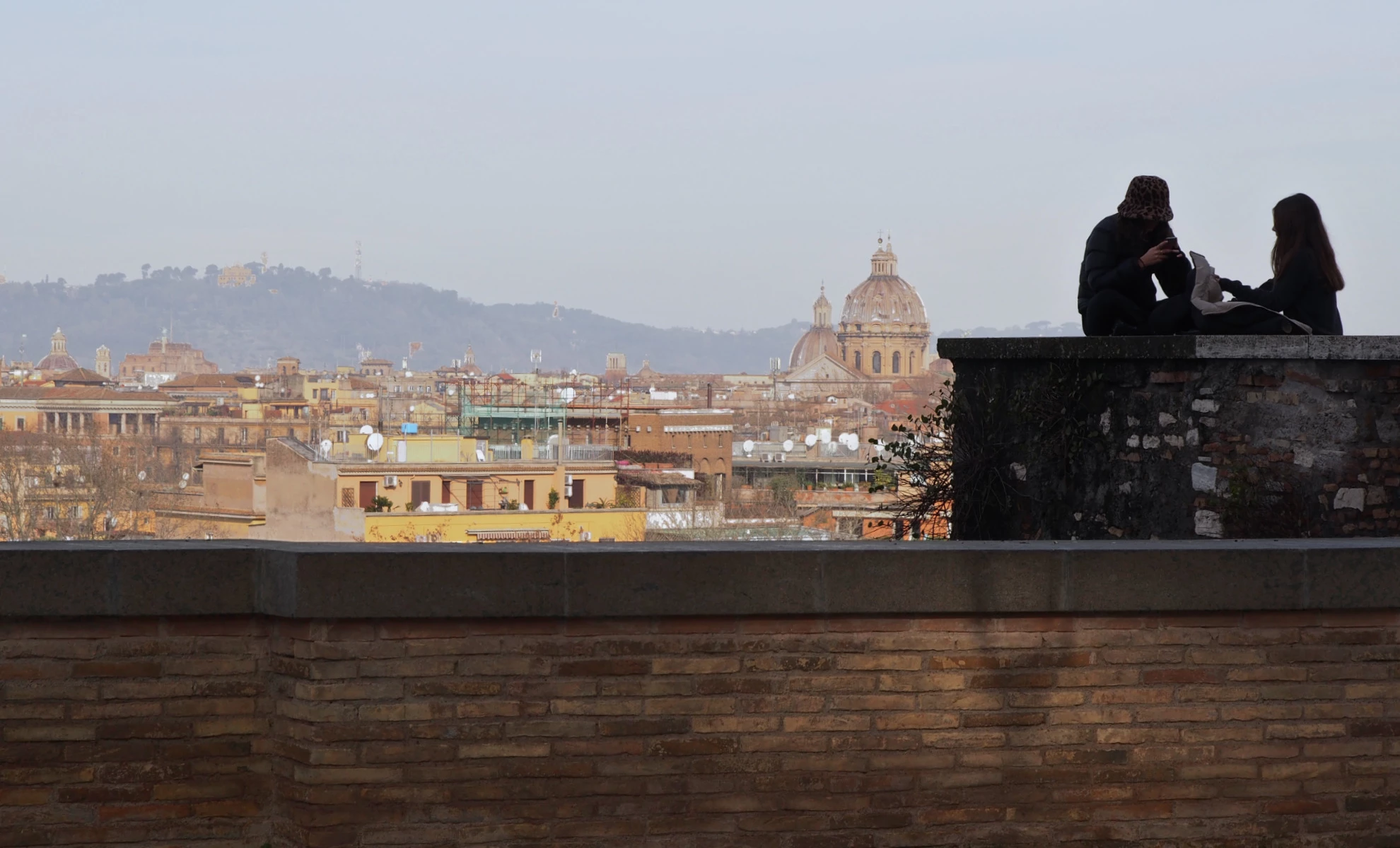It is in front of everyone's eyes, yet it is hidden. It is in the midst of busy streets, a stone's throw from the chaos of the city, yet it is silent and the air is clean.
The secret of the Romans who want a break, but who do not have time to leave the city, is called Parco Savello, even if everyone knows it as the Orange Garden.
The location on the Aventine, in the heart of the city, might suggest that the quiet corner is fragile, exposed to the hordes of tourists and the usual prey of citizens on their lunch break. But it is an irremediably wrong idea: the Garden is too quiet to attract travelers with breathless schedules, it is too aristocratic to become a lunch break for salads in plastic packs and quick sandwiches.
Ph. Roberta Venditti
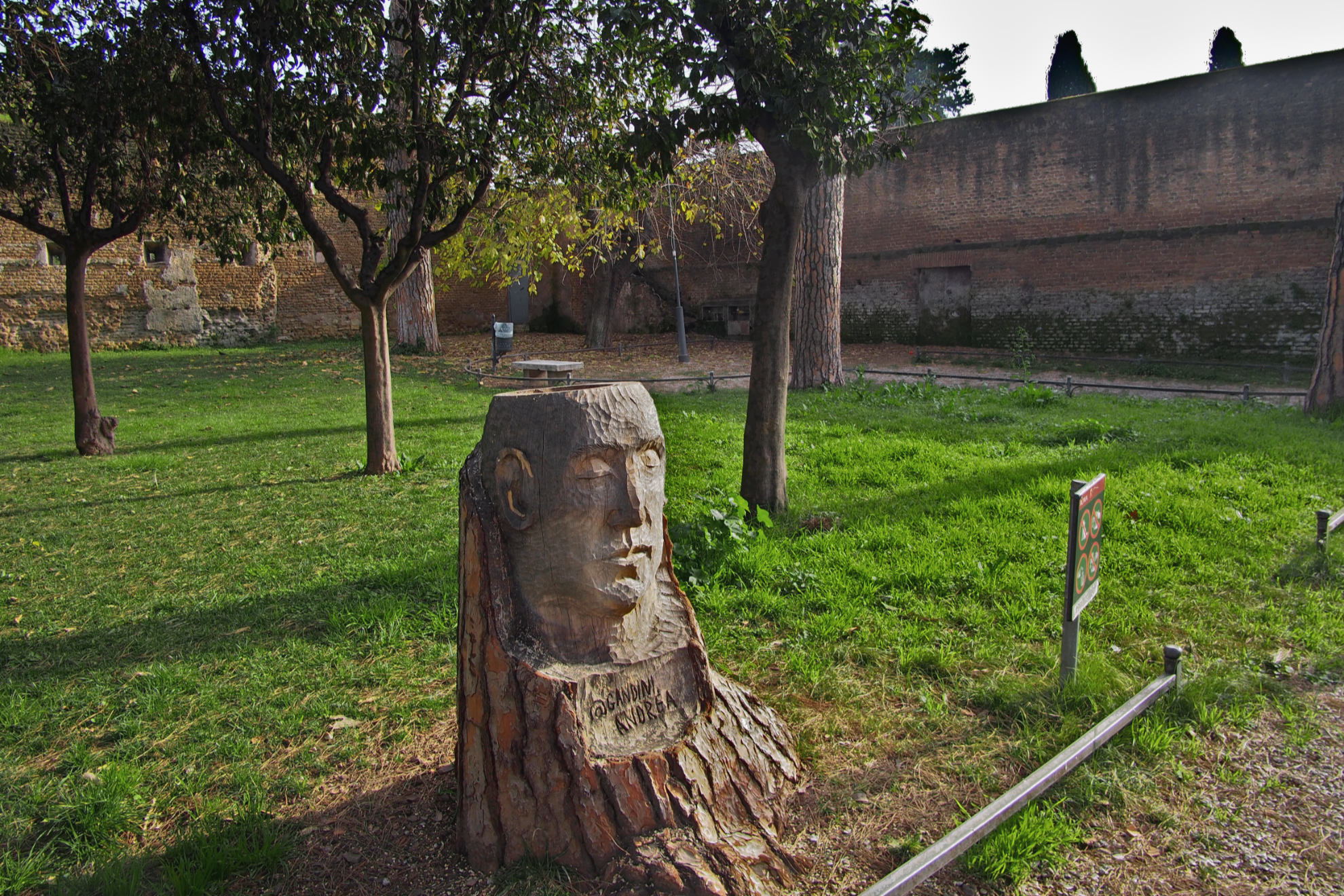
Incredible as it may seem, the park is not very popular: some jogging regulars, dogs having fun and owners chasing them, a handful of Tai-chi enthusiasts ready to challenge the perplexed gaze of the Romans to do gymnastics on a terrace with a spectacular view, some solitary walkers.
Ph. Roberta Venditti
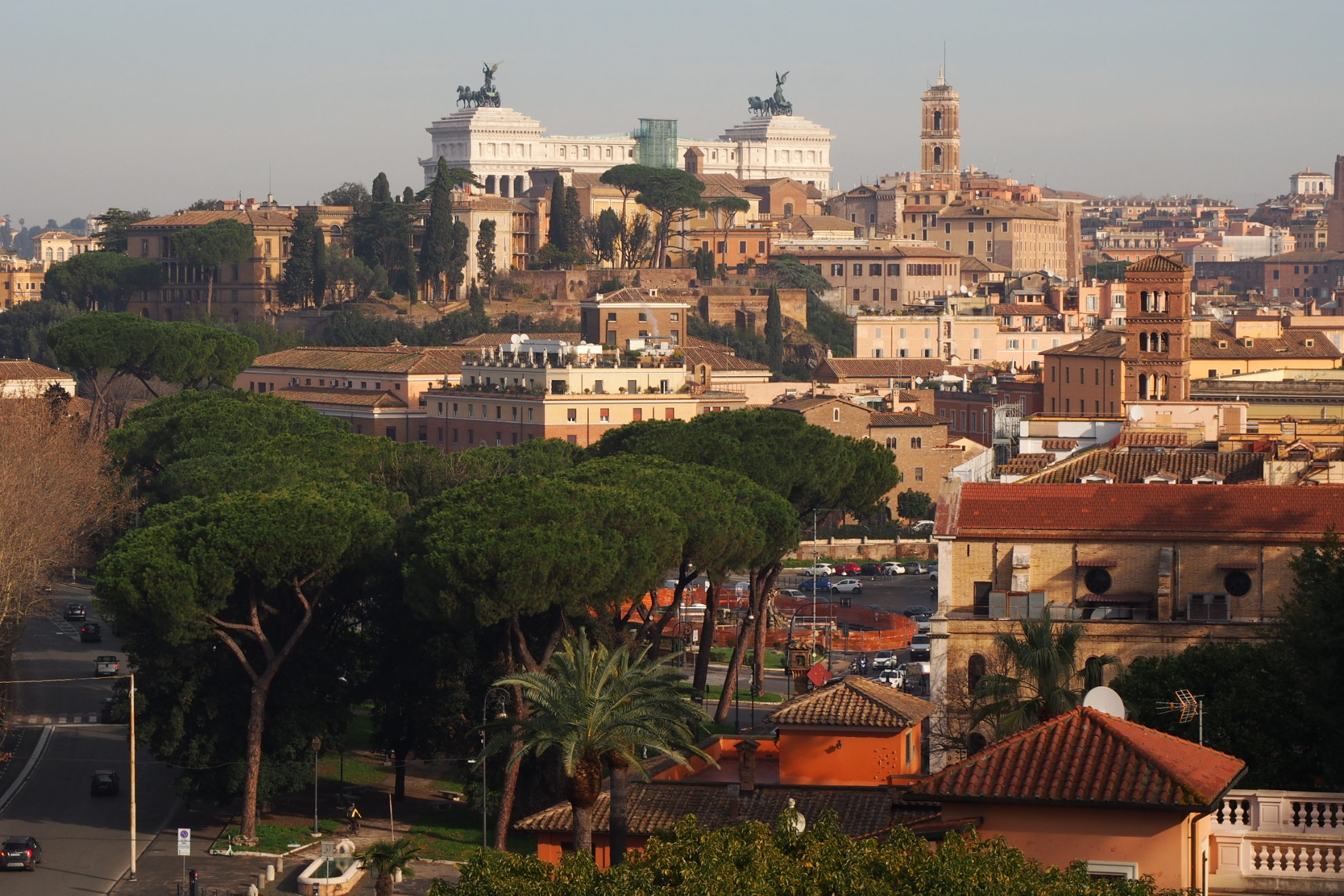
And that was precisely the idea of the architect Raffaele De Vico, who accepted the invitation to transform the walls that once were part of the castle of the Savelli family and create a new overlook, in addition to the terrace of the Pincio and the Janiculum, in the early thirties.
Ph. Roberta Venditti
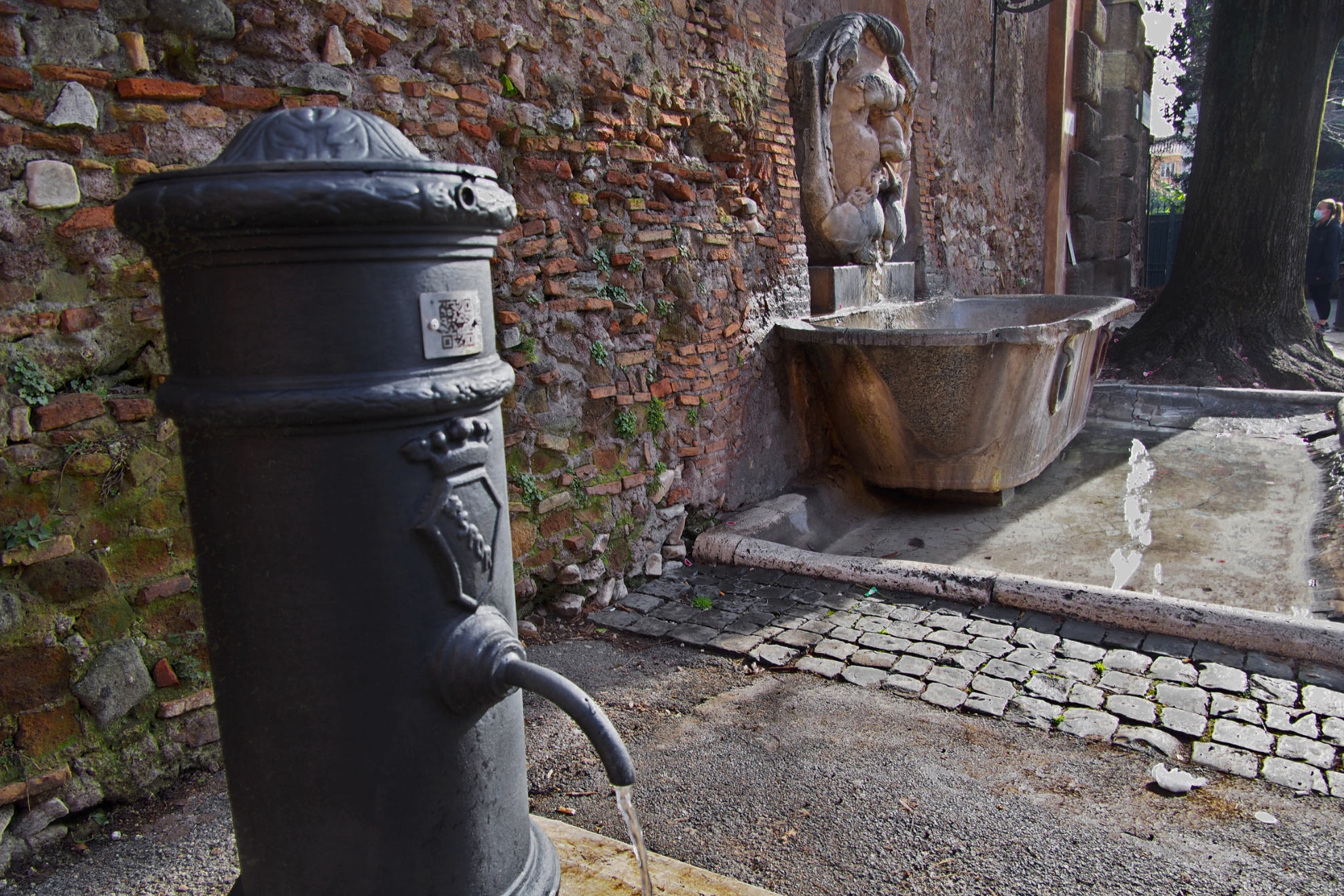
And you don't need to look out over the nearby basilica of Santa Sabina, which dates back to the 15th century, to breathe the air of the past: just look at the park walls, where the remains of the drawbridge and the castle's watchtower are still evident.
Ph. Roberta Venditti
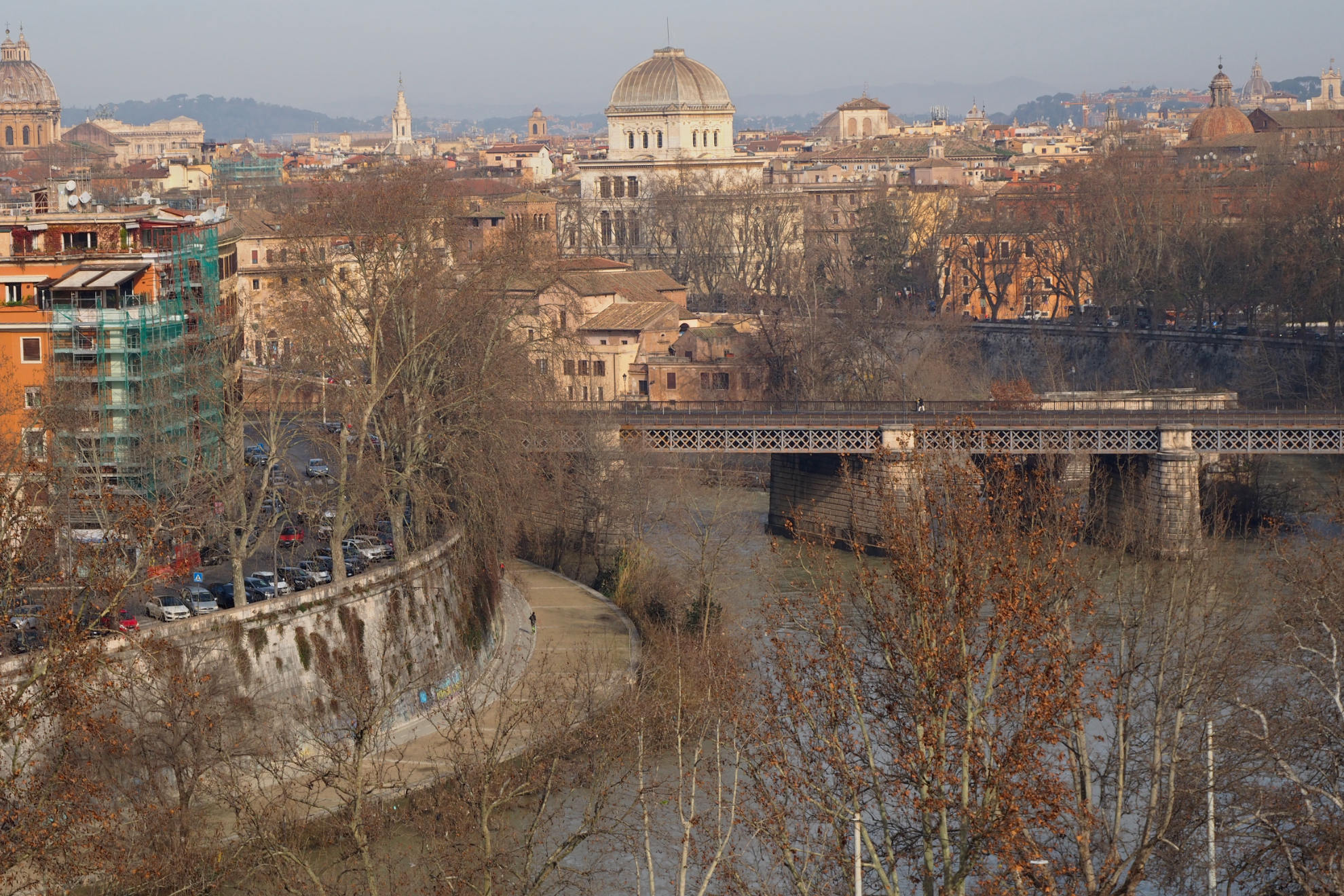
In truth, those who look out among the bitter orange trees are not looking for a trip to yesterday, but for a stop in today's anxiety. The view is unique, but the effect is almost surreal: you can see all of Rome, but you don’t feel like being there.

